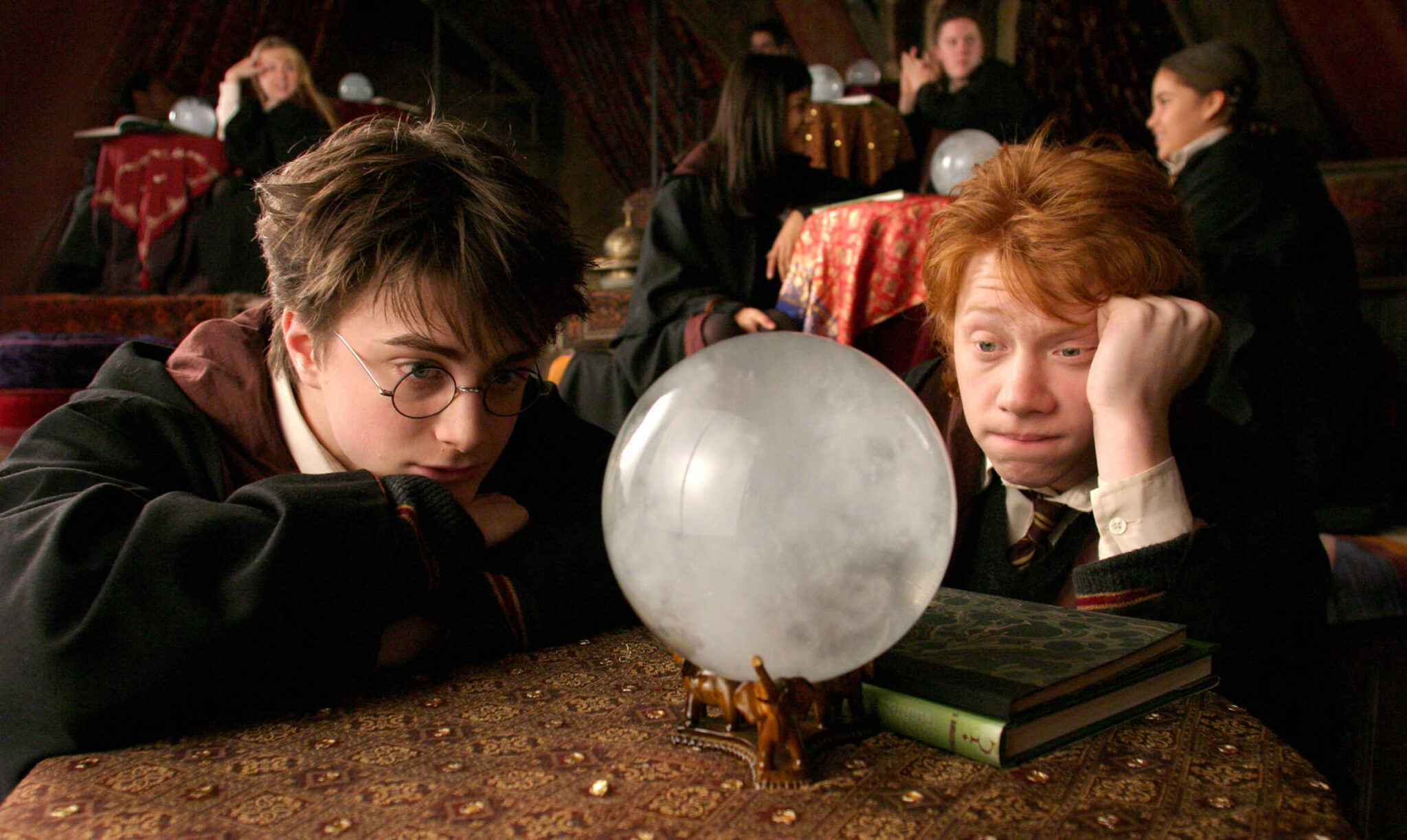7 Tricks for Writing Bad Ass Antagonists

Building the strongest, most powerful antagonists is the only way to help your protagonists arc and change.
Hannibal Lecter. Nurse Ratched. HAL 9000. Darth Vader. The Joker. Norman Bates. Erik Killmonger. Hans Gruber. The Wicked Witch of the West. Pennywise. Has a chill run down your spine yet? If so, it’s because these characters are some of the most formidable movie villains of all time. Just their names invoke terror.
But other than simply being horrible, what functions do antagonists serve in a screenplay? Typically, the sole purpose of an antagonist is to propel your otherwise passive protagonist on to a journey that will hopefully lead to psychological or emotional enlightenment. Only by surviving this journey will your protagonist arc – or metamorphose into their higher self. Your antagonist is the only one who can make that happen.
Bottom line: The stronger, more formidable your antagonist, the more challenging and dramatic your protagonist’s journey will be. Here are seven ways to bolster and invigorate your antagonist.
Give Your Antagonists a Painful Backstory
Are antagonists pure evil? Not necessarily. Most great villains are complex creatures acting out of a place of emotional pain so great that it hijacks their humanity and ability to empathize with others. They want something, usually power, and will stop at nothing to get it.
Whether you include your antagonist’s backstory in the screenplay or not, you should know all the details. What emotionally painful event damaged the character so irrevocably, they can no longer have empathy? Or, because of this experience, they can only act selfishly?
In the film Joker, we get great insight into Joker’s disturbed psyche partly due to his mother’s mental illness and his own psychotic delusions. If you look at the antihero Charles Foster Kane in Citizen Kane, his pain stems from the loss of his beloved childhood sled “Rosebud” which represents a time where he was happy and innocent. Find the thing in your antagonist’s history that damaged them to the point they cannot recover and let it motivate their actions.
Read More: The Biggest and Baddest "Big Bads" of Sci-Fi & Fantasy
Create the Right Antagonists for Your Protagonists
The antagonist’s sole purpose is to force your antagonist to change. The antagonist will push, punish and torture your antagonist so much, the hero inside them will either be forced to rise up and defeat the antagonist or die trying. The two characters might even be similar in many ways, only one chose a path of light and the other chose darkness.
Luke Skywalker and Darth Vader are similar in that they are both powerful warriors, but even someone as altruistic as Luke can be tempted to join the dark side, especially when he learns Darth is his father.
Ask yourself: Why is this antagonist the one person or thing that will push my protagonist so hard, they will be forced to change or die?

Darth Vader from 'Star Wars: Episode V - The Empire Strikes Back'
Determine What Your Antagonists Want and Why
Be clear, be specific with this. In The Wizard of Oz, the Wicked Witch wants those ruby slippers. In Get Out, Missy Armitage literally wants Chris Washington’s body. In Black Widow, General Drekov wants to control the scales of power. Drekov says, “My widows can start and end wars.” Typically, an antagonist seeks power and knows that the protagonist is a threat to them getting or maintaining power.
Ask yourself: What is the thing my antagonist wants most and why? If you can’t answer this question, take a deeper look at your protagonist and what they want. Usually, the protagonist and antagonist are mirror images of each other, only one acts on behalf of others, while the other acts on behalf of themself.
Don’t Make Your Antagonists Entirely Evil
Just like your protagonist, your antagonist should be three-dimensional, complicated, and have an active inner life. Consider giving your antagonist positive traits -- or ones that make them more sympathetic: charming, attractive, funny, pitiful, passionate, family-oriented, etc. Hannibal Lecter is incredibly charismatic and uses his charm to lure people into his world. Smeagol is a sad, miserable little creature that makes people feel sorry for him, which makes his switch to Gollum all the more unnerving. The more disarming your antagonist seems at first, the more they will be able to manipulate others.
Also, give your antagonist something people can relate to. In Wall Street, Gordon Gekko has the famous line, “Greed, for lack of a better word, is good.” While most of us don’t wake up in the morning with the express desire to lie, cheat, or steal to obtain as much wealth as possible, many of us can relate to wanting more. It is human nature, for better or worse. This is perhaps why Gordon’s character struck such a nerve in the American psyche. The more you can see yourself wanting what your antagonist wants, the more you’ll believe in their mission and strangely find yourself rooting for them from time to time.

Gordon Gekko in 'Wall Street'
Antagonists Should Believe They are the Hero in Their Own Story
Antagonists don’t usually know they are the bad guy. Their actions may seem ghastly to others, but in their mind, they are doing the right thing.
HAL 9000 in 2001: A Space Odyssey is a computer created by humans, so it will inevitably have flaws. When the astronauts consider shutting HAL down because he begins to malfunction, HAL decides to kill the astronauts to ensure he may continue the mission he was programmed to do. HAL really believes he is doing the right thing and it is terrifying.
Give Your Antagonists Their Own Goals
Just like your protagonist, your antagonist should have a goal or a character objective. Usually, the most conflict is created when their objective is in direct opposition with the protagonist’s objective.
In E.T. the Extra-Terrestrial, the villains are the government and scientific community who have waited decades to study a spaceman – this is in direct conflict with E.T.’s objective to go home. This sets up an epic battle of wills while keeping an element of mystery.
Give Your Script Multiple Antagonists
The recent film Jungle Cruise is a great example of a big, action-adventure story with multiple antagonists. Protagonists Lily Houghton and Frank Wolff are on a quest to find a plant with magical healing properties in the Amazon jungle. But they are not alone in their pursuit. Prince Joaquim, Aguirre the Conquistador, patriarchal society, and even the jungle are all foreboding antagonists. Each of these antagonists affects the protagonists in different ways. Early in the film, Frank says, “Everything in the jungle wants to kill you,” adding another layer of danger.
Ask yourself: who or what else in my story can serve as an antagonist, making things exponentially more difficult for my protagonist?

'Jungle Cruise'
What are some other important things to consider when writing antagonists? Let us know what you think down in the comments!
Shanee Edwards is a screenwriter, journalist and author. After receiving her MFA in Screenwriting from UCLA, she was hired to adapt various stories for the screen including Apes or Angels, the true story of naturalist Charles Darwin, and Three Wishes, based on the New York Times best selfing novel by Kristen Ashley. You can listen to her interview Oscar-winning screenwriters on The Script Lab Podcast, or read her book Ada Lovelace: the Countess who Dreamed in Numbers. Follow her on Twitter: @ShaneeEdwards
Get Our Screenwriting Newsletter!
Get weekly writing inspiration delivered to your inbox - including industry news, popular articles, and more!




























